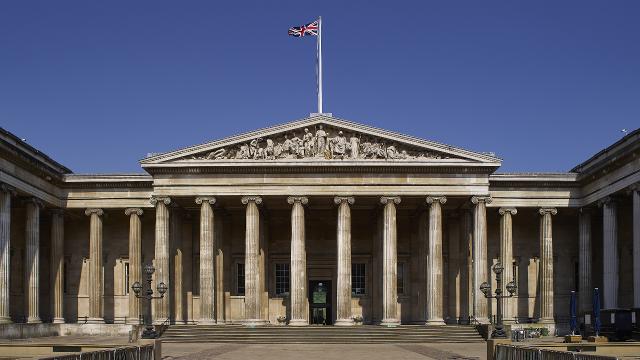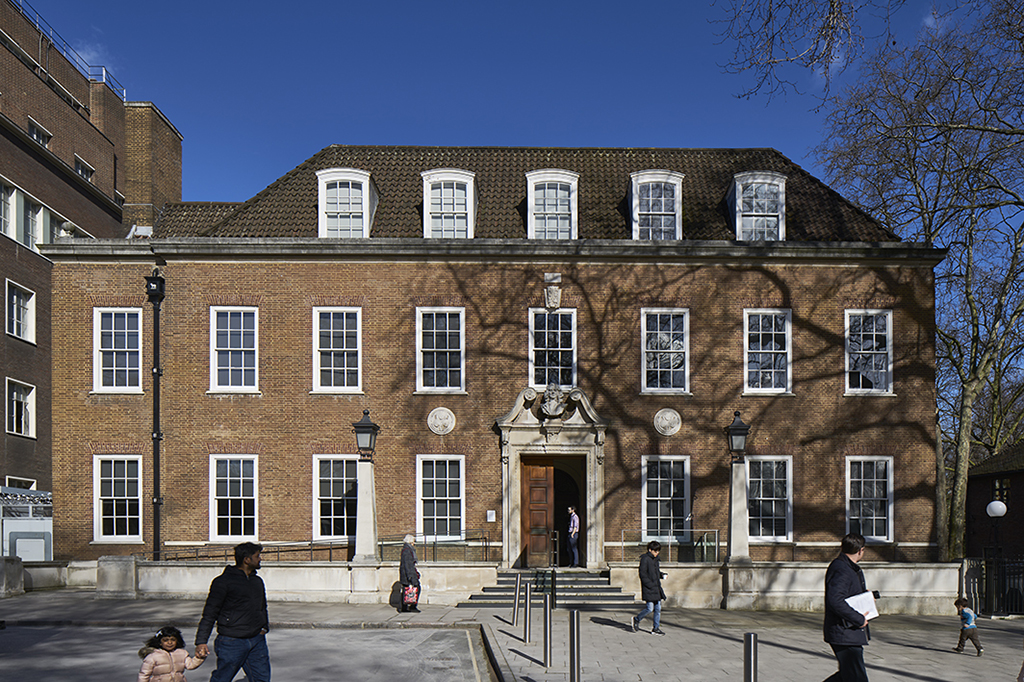London, a city steeped in history, boasts a rich tapestry of architectural wonders that span centuries. In the heart of the city, nestled among the bustling streets, lies Mary Ward House, a gem that encapsulates the spirit of Victorian and Edwardian design. This remarkable building stands as a testament to the enduring charm of classical architecture. In this article, we will delve into the history of Mary Ward House, exploring its origins and significance, while also peering into the neighboring historic buildings that contribute to the unique character of this area in London.
Mary Ward House, a striking Grade I listed building, is a prime example of Victorian architecture, located in the Bloomsbury area of London. The building was constructed in the late 19th century, between 1897 and 1898, and designed by the renowned architect Arnold Dunbar Smith. It was named in honor of Mary Ward, a pioneering social reformer and suffragist who was dedicated to advancing education, women's rights, and social welfare. The building was commissioned by the Passmore Edwards Settlement, an organization dedicated to social betterment.
The architectural style of Mary Ward House is a beautiful blend of the Arts and Crafts movement, which emphasized craftsmanship and handwork, and the Queen Anne Revival style, characterized by asymmetrical facades, red brickwork, and sash windows. The building's design features intricate detailing, with red bricks, ornamental terracotta, and a prominent clock tower, which has become an iconic part of the London skyline.
One of the most striking features of Mary Ward House is its auditorium, which is adorned with stunning Arts and Crafts interior decorations, including a richly carved wooden gallery and exquisite stained glass windows. The building also boasts a charming courtyard garden, providing a tranquil retreat in the midst of bustling Bloomsbury.
Today, Mary Ward House serves as a conference and exhibition center, continuing the tradition of education and social progress. It is also home to the Mary Ward Centre, which offers a variety of courses and educational programs. The building has become a hub for intellectual and cultural activities, embodying the legacy of its namesake.
Just a stone's throw away from Mary Ward House lies Tavistock Square, an elegant and serene garden square that is home to several historically significant buildings. Notably, Tavistock Square was once home to the Bloomsbury Group, a circle of writers, artists, and intellectuals who had a profound impact on British culture in the early 20th century.
One of the prominent buildings in Tavistock Square is the Tavistock Hotel, a grand Edwardian structure dating back to the early 1900s. The hotel has been a center of hospitality and culture for over a century, hosting notable guests, including the likes of Mahatma Gandhi. It is a remarkable example of Edwardian architecture, characterized by its red brick facade, ornate balconies, and elegant bay windows.
Russell Square is another historic garden square in the vicinity, offering a blend of greenery and architectural splendor. The square is home to several notable buildings, including the Hotel Russell, which has undergone various name changes but has consistently stood as an iconic landmark in the neighborhood. The Hotel Russell, built in the late 19th century, boasts striking terracotta detailing and a distinctive turret.
A short walk from Mary Ward House brings you to one of London's most iconic institutions, the British Museum. The museum's neoclassical architecture, designed by Sir Robert Smirke, is a prime example of the Greek Revival style and is known for its grand facade adorned with columns and statues. The British Museum houses a vast and diverse collection of art and artifacts, making it a cultural and historical treasure trove.

To the north of Mary Ward House, St. Pancras International stands as a masterpiece of Victorian Gothic architecture. This magnificent railway station was designed by Sir George Gilbert Scott and opened in 1868. The station is not only a hub for transportation but also a splendid architectural marvel, characterized by its intricate red brickwork, soaring spires, and stunning vaulted ceilings. Adjacent to St. Pancras is the St. Pancras Renaissance Hotel, a historic hotel housed within the former Midland Grand Hotel, offering guests a taste of Victorian luxury.

Located on Brunswick Square, just a short walk from Mary Ward House, the Foundling Museum is housed in a beautiful Georgian building. This museum is dedicated to the history of the Foundling Hospital, one of London's first charitable institutions. The building itself is a fine example of Georgian architecture, characterized by its elegant proportions and classical details.
Mary Ward House, with its Victorian and Edwardian charm, stands as a beacon of architectural and historical significance in the heart of London. Surrounded by a rich tapestry of historic buildings and cultural landmarks, it is part of a neighborhood that reflects the city's diverse and fascinating heritage.
Exploring Mary Ward House and its neighboring historical buildings in Bloomsbury offers a unique opportunity to step back in time and appreciate the craftsmanship, artistry, and vision that have shaped this vibrant part of London. Each of these buildings, whether through their architectural styles, cultural importance, or historical relevance, contributes to the rich tapestry of London's heritage, making this area a must-visit destination for history enthusiasts and admirers of classical architecture.